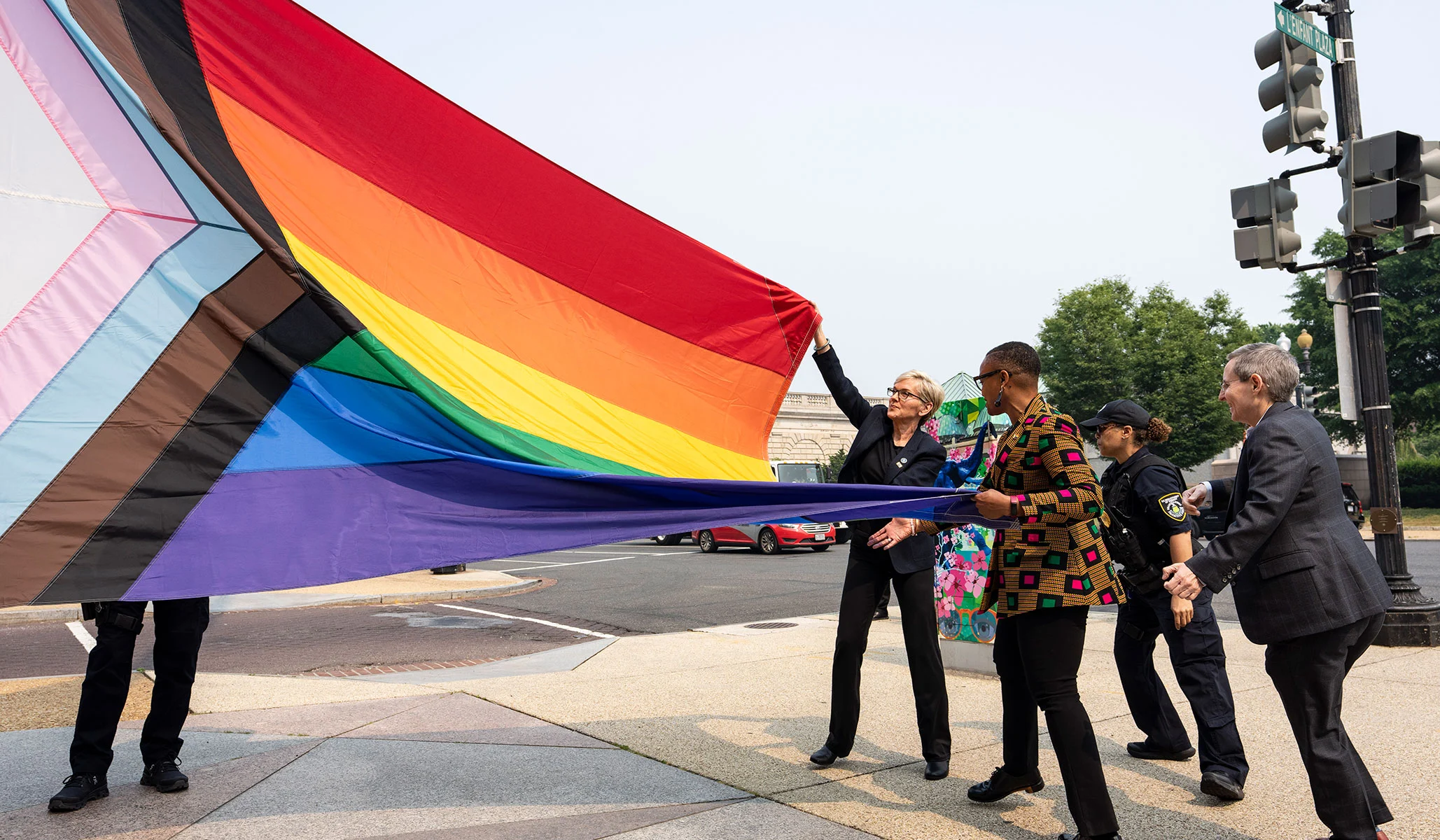June is a month when the pride flag, with all its variations, seems to dominate American life. It appears everywhere, sometimes replacing the national flag. The flag, which has become increasingly complicated and visually unattractive, serves as a reminder of the ever-changing program. President Biden recently draped the Progress Pride flag, which has eleven different colors, on the White House, placing it between two American flags. However, unlike the Star-Spangled Banner, which has a simple design, a clear symbolism, and a unifying message, the pride flag is always being refashioned, is aesthetically unappealing, and represents splinter groups. The flag’s latest iterations are a visual representation of intersectionality. The original rainbow flag was simpler and represented broad categories of things, such as life and sunlight. However, subsequent renditions have become more complicated, adding stripes for different gender identities and sexual orientations. The resulting banner is hard to look at, and it’s unclear why other groups should be excluded. The flag has become increasingly esoteric and obsessed with identity politics, with new letters and stripes added regularly. It flies everywhere as though it were a quasi-national flag with universal popular assent. However, the government shouldn’t be promoting boutique causes, and the national flag should be sufficient for this and every month.

The Complicated and Aesthetically Unappealing Nature of the Pride Flag
by
